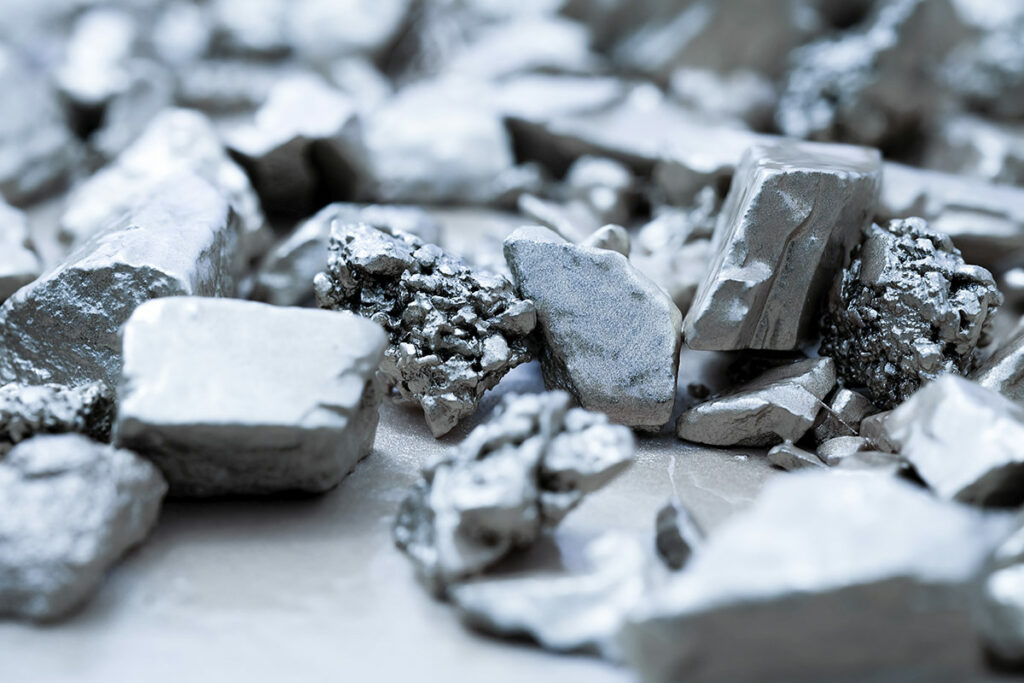In science and engineering, palladium and platinum are two precious metals that have gained immense popularity due to their unique properties. Experts say both metals have various applications in various fields, from electrical engineering to medical technology. While it may be tempting to lump both metals together, understanding their differences is key to knowing which one best suits your needs. Let’s take a closer look at what makes palladium and platinum unique so you can make an informed decision.

The Chemistry of Palladium and Platinum
Experts say at first glance, palladium, and platinum may appear identical – they are both silver-white in color and highly malleable. However, under closer examination, several distinct differences set them apart. On the periodic table, palladium is element 46 with an atomic number of 46, whereas platinum is element 78 with an atomic number of 78. They also have different melting points (1552°C for palladium vs. 1772°C for platinum) and densities (12g/cm3 for palladium vs. 21g/cm3 for platinum).
In terms of chemistry, palladium is known for absorbing large amounts of hydrogen gas (up to 900 times its volume), making it an ideal material for use in hydrogen fuel cells. Platinum, on the other hand, has high oxidation resistance, making it suitable for catalytic converters – a device used in cars to reduce tailpipe emissions. It also has excellent thermal stability, making it ideal for chemical processing plants’ use as a catalyst.
Uses of Palladium & Platinum Metals
Palladium is widely used due to its low cost relative to gold or silver. It is also used extensively in electronics manufacturing due to its ability to absorb hydrogen gas and its malleability. Its corrosion-resistant nature makes it suitable for water filtration systems and medical implants such as pacemakers or prostheses.
Platinum finds many uses in industries such as automotive engineering due to its high oxidation resistance and thermal stability. It is commonly used as a catalyst in chemical processes because of its ability to resist corrosion even at high temperatures; this makes it ideal for use in oil refineries or pharmaceutical production plants where reactions occur at very high temperatures.
Palladium And Platinum In The Trading Market
Experts say the trading markets for palladium and platinum are quite different. Palladium is highly sought after in electronics industries; its prices tend to be higher than gold or silver yet lower than those of other precious metals like rhodium or iridium. Platinum, on the other hand, tends to command a much higher price due to its rarity and its numerous industrial applications. As such, it is often used as a hedge against economic downturns; investors tend to flock to platinum when other markets are in turmoil as its price tends to remain relatively stable.
If you were to trade in palladium or platinum, it is essential to understand their critical differences. By understanding how they differ in terms of their physical properties, uses, and trading markets, you can make an informed decision about investing in these metals. Ultimately, this knowledge will ensure that you make the right choice for your needs, which could help you maximize your profits. Finally, the choice between palladium and platinum will depend on your specific needs and circumstances. Knowing the differences between these two metals can help you make an informed decision that best suits your needs.
Where To Start?
If you’re interested in investing in palladium or platinum, the first step is to do your research. Learn about both metals’ physical properties, uses, and trading markets. Then consult a knowledgeable financial advisor to determine which option best suits your needs. A good advisor will also be able to explain the risks associated with investing in these metals and how to manage them. Investing in palladium or platinum can be a great way to diversify your portfolio. Still, it is essential to make sure that you are making the right decisions for your particular needs.
Lastly, Experts say always to remember to keep an eye on global trends and news when it comes to investing in these metals. This will help you stay ahead of changes in the market that could affect your investments. Additionally, check the current prices of both palladium and platinum regularly so that you can make informed decisions about buying or selling.
Conclusion
Palladium and platinum are versatile metals with distinct properties that make them ideal materials for different applications across multiple industries. These two metals have something unique to offer when looking for a suitable material solution. Understanding the differences between these two metals will help you decide which one best suits your needs when looking for a material solution that meets your requirements. Whether you need something strong enough for a medical implant or something resistant enough for chemical processing plant applications, palladium or platinum could be just what you need!



